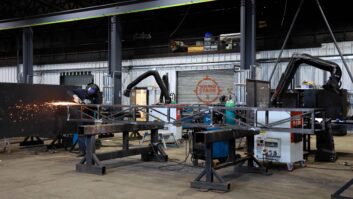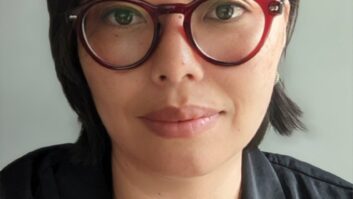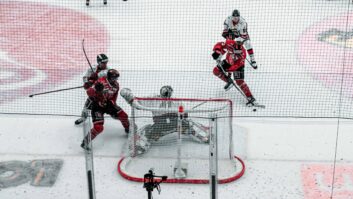The EBU-produced session ‘The Media Factory of the Future’ proved that broadcasters are doing it for themselves when it comes to IP. Chair Simon Fell, EBU director of technology & innovation, has coordinated input on interoperability from the US, Belgium, Norway and Switzerland.
“People can work remotely very easily with this kind of technology,” said Fell. “The IP studio gives you an opportunity to think of new ways of making content.The next generation will do this.
“We are now in a world where VRT has built something that can work.Manufacturers need to adopt new ways of interfacing their equipment to that world and give us the flexibility we are looking for,” he added. “At the moment there is a lot of transcribing, re-packaging and re-streaming going on to get things across the network. Eventually standards will come to fruition.”
On the issue of IP viability now, Geir Bordalen, head of investments at NRK said: “It’s not all hooked together and that’s one of the problems we have with interoperability. We need to work hard on that, and gain the benefits of working together” Thomas Sarner, senior advisor at SRG SSR, added: “What we want is a stable fundamental infrastructure on which you can easily change things.”
Wouter Decuyper, technology architect, VRT said: “A lot of vendors came to us with slide wear on IP for live production. We said let’s do it, and see how far we get with what’s available now. That is the Sandbox+.”
Fell jokingly concluded: “IP studios are in the pre-natal care stage at this point. It is still not fully born, but they are coming.”







